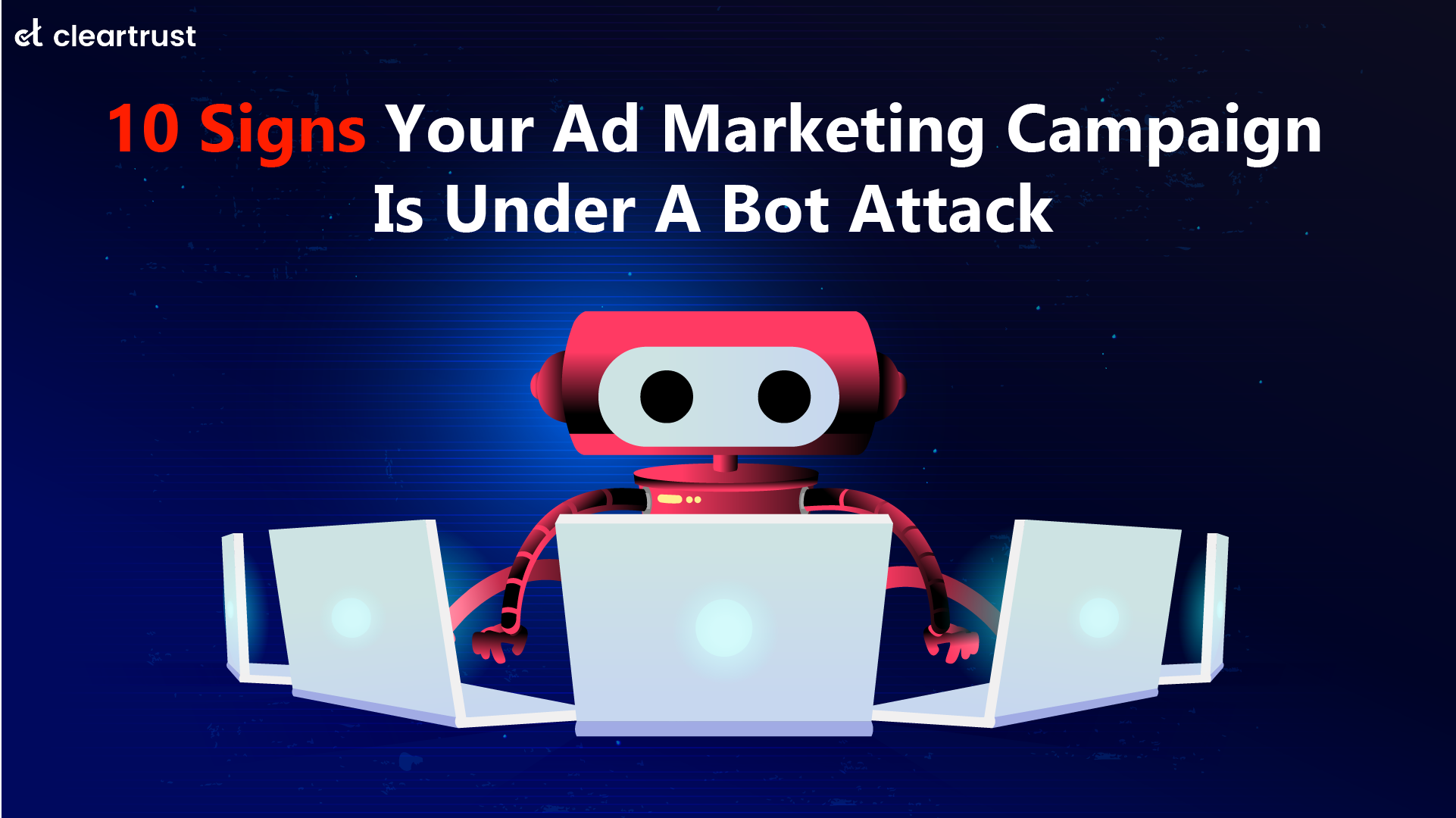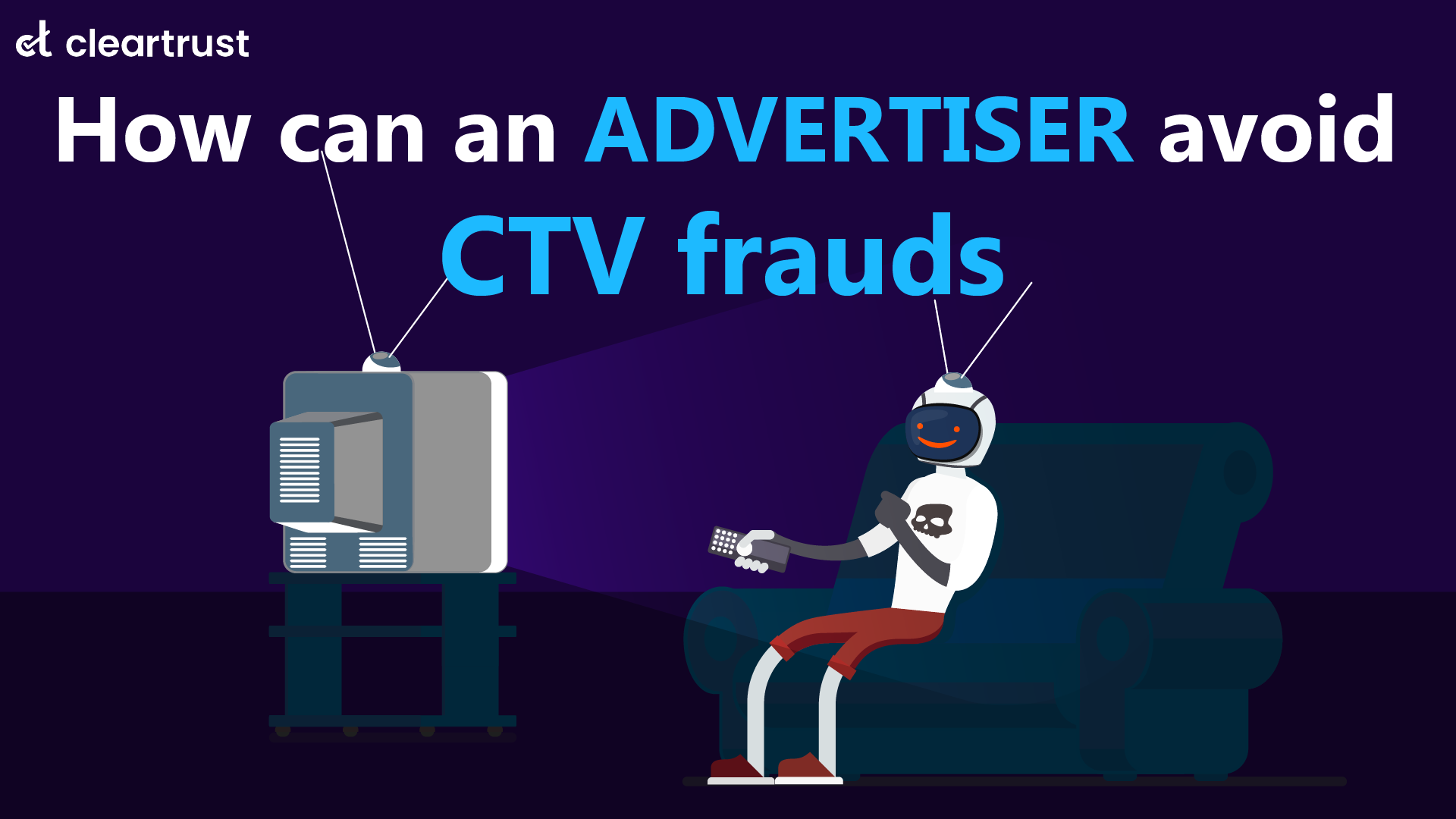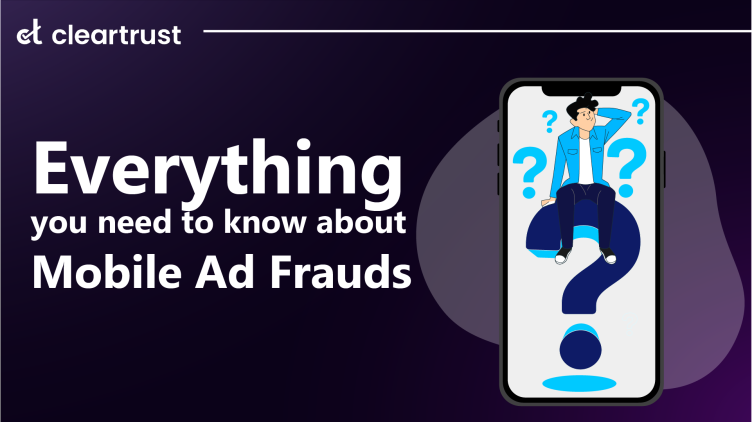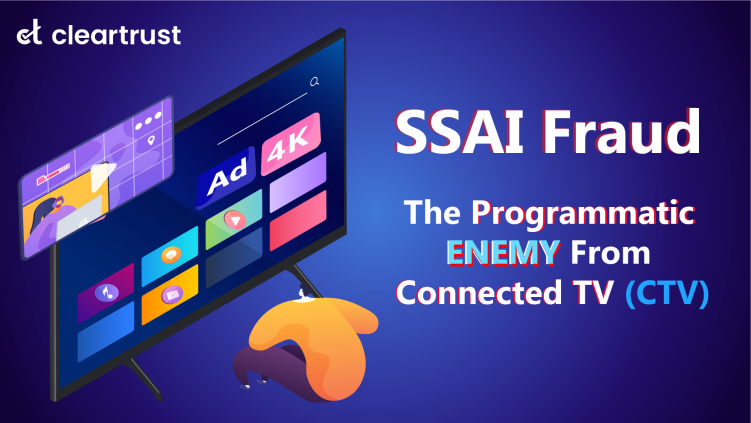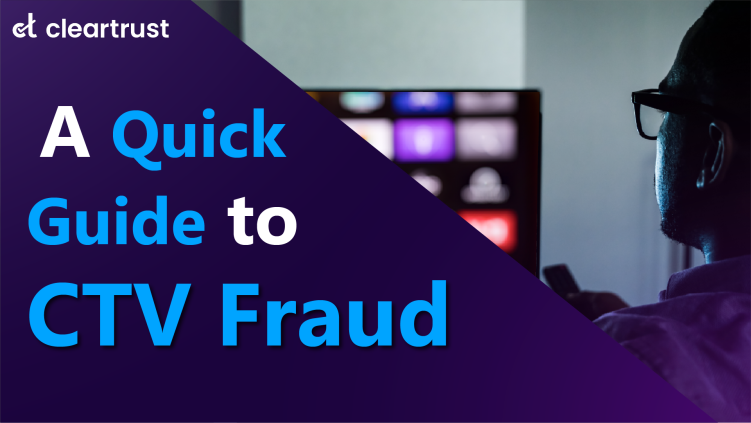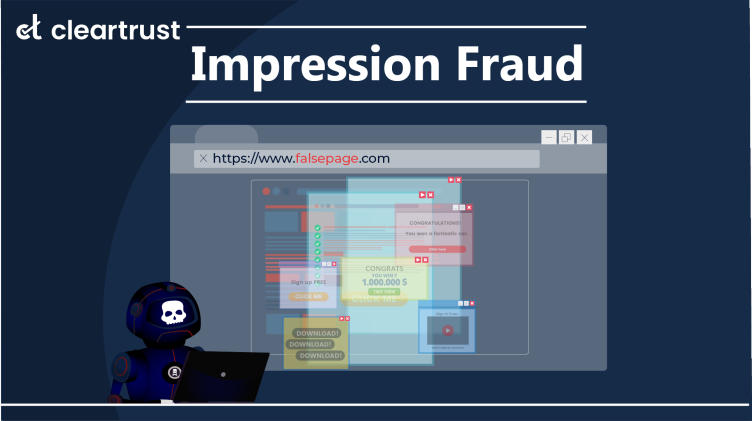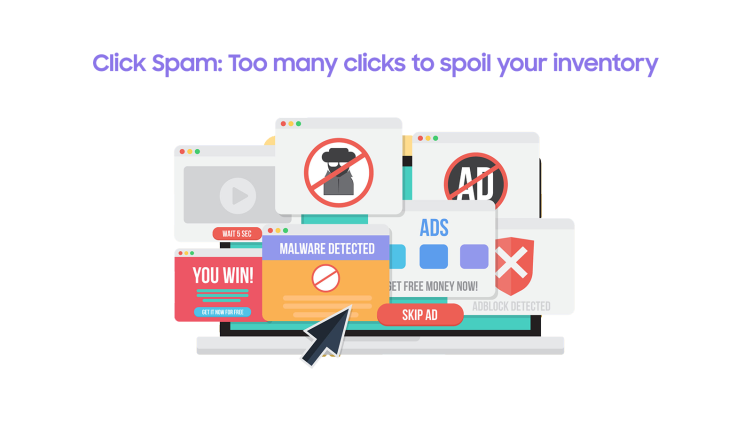Ad marketing campaigns have become the heartbeat of digital business growth, driving traffic, engagement, and revenue. But lurking in the shadows are malicious entities i.e., bad bots—posing a significant threat to the success and integrity of these campaigns. These automated programs mimic human behaviour, infiltrating websites and manipulating ad engagement. As programmatic publishers navigate the complex landscape of online advertising, it's crucial to recognize the warning signs that your ad marketing efforts might be under siege from these culprits
From January to June 2023, bad bots made up 30% of the internet traffic. This calls for an inevitable need to counter their presence from ad marketing campaigns. When bad bots target your website, they compromise the authenticity of your ad marketing campaigns, skewing analytics, draining resources, and ultimately undermining your ROI. Detecting their presence early is key to mitigating their impact.
10 signs that your ad marketing campaigns are under bot attacks
- Unusual traffic spikes- Sudden, unexplained surges in traffic can be a red flag for bot activity. While increased traffic might seem like a positive, it's crucial to analyze if this surge aligns with your usual audience patterns. Bots often generate high volumes of fake clicks or views, distorting your campaign metrics. Keep an eye on the quality of this influx, as genuine interest may not always accompany these spikes.
- High bounce rates from specific geolocations- Monitor bounce rates, especially if they are exceptionally high from specific geographic locations. Bots may target particular regions, leading to an abnormal increase in bounce rates. Such irregularities might point towards bot activities focused on specific areas rather than genuine user engagement.
-
Abnormally high click-through rates (CTR)- An abrupt increase in CTR without a corresponding rise in conversions or engagement might indicate bot-driven clicks. Bots inflate these metrics artificially but fail to deliver genuine user interaction. It’s important to analyse the correlation between increased CTR and actual user engagement to distinguish genuine interest from bot manipulation.
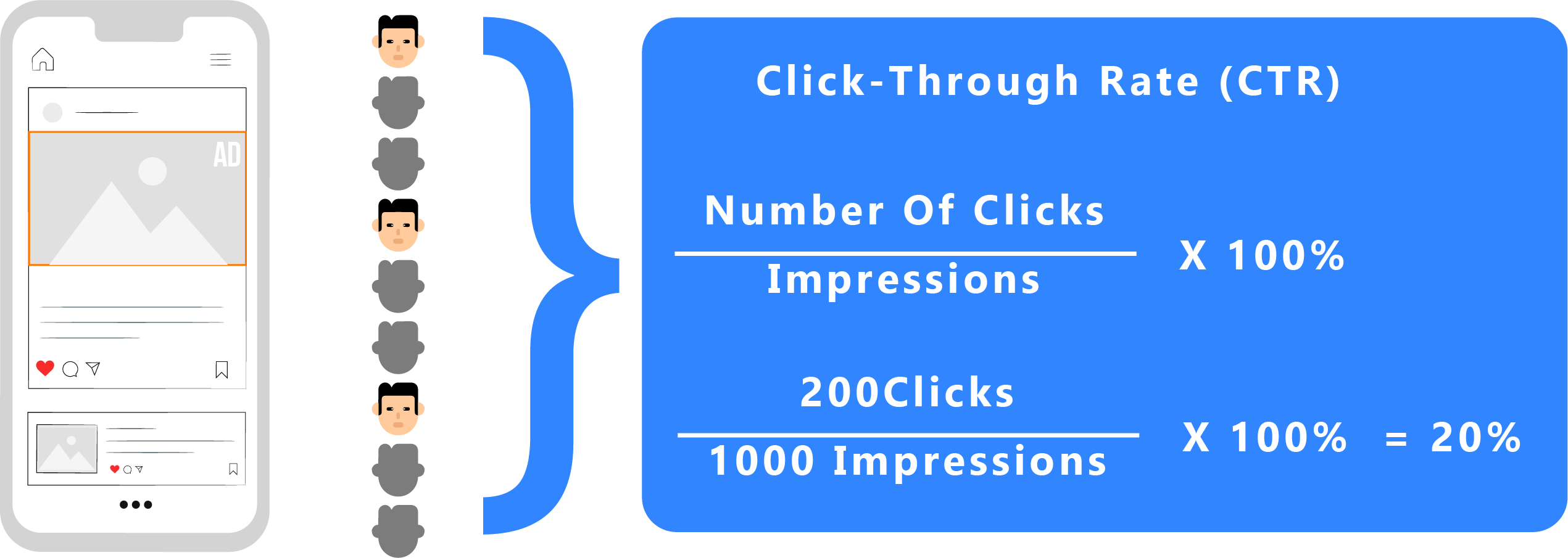
- Patterned user behaviour- Bots tend to follow repetitive patterns in their interactions, imitating human behaviour but often displaying predictability. Identifying repetitive sequences of clicks or views that don’t align with genuine user behaviour can help in spotting bot activities.
- Irrelevant or generic traffic sources- It is important to constantly review the sources of your incoming traffic. Bots often generate traffic from obscure or generic sources that don't align with your target audience or your marketing efforts. Identifying and filtering out these irrelevant sources can help in mitigating bot-driven traffic.
- Frequent CAPTCHA bypassing- Instances of repeated attempts to bypass CAPTCHAs or other security measures can signal automated bot activities trying to gain access to your site. Frequent occurrences of CAPTCHA bypassing should trigger a deeper investigation into potential bot threats.
- Fluctuating performance metrics- Watch out for sudden and significant fluctuations in performance metrics. Unexpected drops in conversion rates or abnormal changes in session duration could be indicative of bot interference, impacting the credibility of your campaign metrics.
- Unusual session durations- Bots often exhibit either extremely short or unusually long session durations compared to genuine user behaviour. Monitor session durations closely to identify deviations from regular patterns, which might hint at bot activities.
- Surge in ad fraud complaints- An increase in ad fraud complaints from users or advertisers can be a strong indicator of fraudulent bot activities compromising the integrity of your campaigns. Take user complaints seriously and investigate promptly to identify and address potential bot-driven ad fraud.
- Anomalies in server logs- Regularly inspect server logs for anomalies. Look out for excessive requests from a single IP address or unusual user agent strings, which might indicate a bot presence attempting to manipulate your website.
Protecting your ad marketing campaigns from bot attacks is paramount for sustaining credibility and maximizing returns. By recognizing these ten signs and deploying robust countermeasures, programmatic publishers can fortify their defenses against the insidious impact of bad bots, ensuring the authenticity and efficacy of their advertising efforts in the digital realm.
Dealing with bad bots is a long-term process which requires healthy commitment and constant upgradation. By partnering with ad fraud mitigation solutions like ClearTrust, your challenges can be highly reduced. Being a white-box solution, our services not only monitor the fraud activities initiated by bad bots but can also detect their source and help you block the same.
